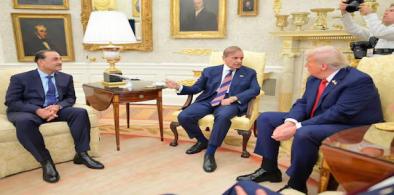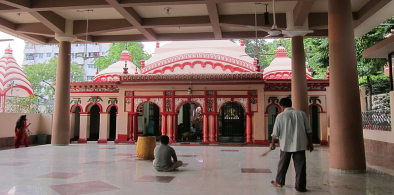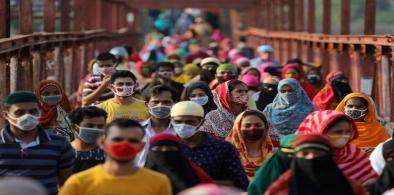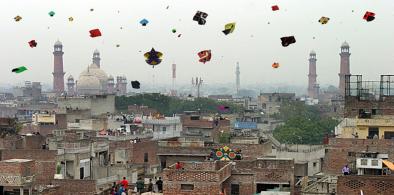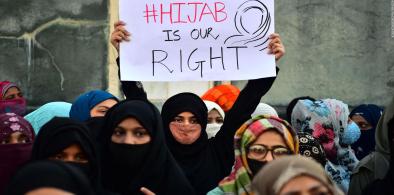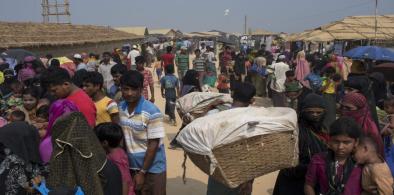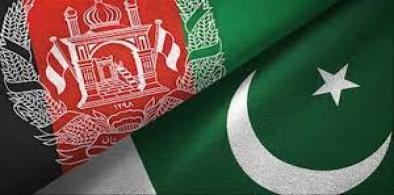Criminal justice has its own logic at present and its discrepancies are not matching with the democratic ethos of India's secular constitution, writes Ram Puniyani for South Asia Monitor
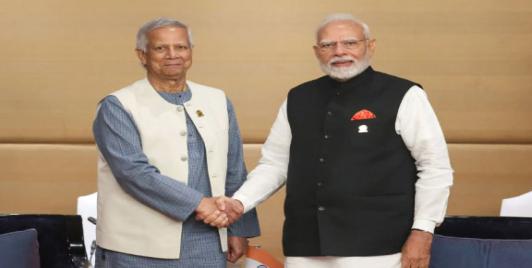
Bangladesh–India Relations at a Crossroads: Needed Recalibration, Not Rupture
The current strains in Bangladesh–India relations should therefore be seen not as an inevitable deterioration, but as a test of diplomatic maturity. Bangladesh and India share more than geography and history; they share a responsibility to ensure that temporary political frictions do not harden into structural mistrust. In a time of regional uncertainty, neither country benefits from a relationship defined by grievance or miscommunication.
A Dangerous Power Grab in Pakistan; Unpredictable Consequences For Region
The 27th Amendment, celebrated by its proponents as a security reform, is in reality a political coup executed through constitutional means. It marks not only Munir’s personal triumph but the institutional victory of the military over all other state authorities. As history warns, empowering any unelected institution above the republic’s elected will invites instability—not strength. Pakistan may soon discover that consolidating military power does not secure the nation’s future, but instead places it at greater risk
How Foreign Digital Influencers Are Tarnishing India’s Global Image
India must now transition from conventional soft-power thinking to visibility governance—the systematic management of how the country appears, circulates, and is emotionally interpreted across global platforms. Failure to do so will leave India’s global image increasingly shaped by commercial incentives outside Indian control.
Afghanistan Should Not Get Caught In The India-Pakistan Strategic Rivalry
The strengthening of Taliban-India ties runs counter to Pakistan’s interests. The more border clashes intensify between the Taliban and Pakistan, the more secure the Kashmir region and the Line of Control (LoC) become for India. Under such conditions, Pakistan will remain preoccupied with its northwestern border, giving India a unique opportunity to consolidate its control over Kashmir and potentially weaken, drive out, or eliminate Kashmiri militant groups
Pakistan’s 'Aurat March': Breaking biases against women
Aurat March in Pakistan has proved to be a phenomenal success, forcing society to acknowledge women’s efforts, writes Nadra Huma Quraishi for South Asia Monitor
Danger of rapid escalation of Ukraine war: India must speak out
The ‘unforeseen’ would become a frightening reality, recalling what the victims of Hiroshima and Nagasaki had whispered piteously: "The living will envy the dead", writes Cmde C. Uday Bhaskar (retd) for South Asia Monitor
Bangladesh needs to strike a fine diplomatic balance between major powers
Bangladesh can neither ignore the US and India nor China in the light of the changing global geopolitical situation, writes Emilia Fernandez for South Asia Monitor
Ukraine crisis exposes global realities: Lessons for India
For India, an aggressive Russia does not cause concern; many here believe it to be a more reliable and effective check on China than the United States, writes Amb Dilip Sinha (retd) for South Asia Monitor
Minority persecution in Bangladesh: A distorted reality
Bangladesh is being depicted unfairly - and without evidence - as a country that discriminates against its minorities, particularly Hindus, writes Anup Sinha for South Asia Monitor
With timely decision making, Bangladesh can claim success in managing COVID-19 effects
Bangladesh settled for a humanistic approach, focusing on people and their wellbeing, taking steps to minimize infection and death rates, besides ensuring the availability of food, writes Dr. Mohammad Rezaul Karim for the South Asia Monitor
The fading joys of Basant in Pakistan
With the ban on kite flying in force, Basant, a celebration of nature and culture, may soon become a matter of the past in Pakistan, writes Mahendra Ved for South Asia Monitor
Indian hijab row: Muslims should not get trapped in communal snares
With the help of pliant media, saffron powers have discredited Muslims as an obstacle to the country's development and an enemy of equality, secularism and women's rights, writes Sohail Ahmad for South Asia Monitor
Case of Goa’s liberation: Is it right to keep blaming Nehru?
There was also a proposal for a plebiscite in Goa; Nehru stood the ground that Goa’s merger with India is non-negotiable, writes Ram Puniyani for South Asia Monitor
Working for an 'Oasis of Peace' between India and Pakistan
The upcoming meeting of Indian and Pakistani Rotary Club members and others at Kartarpur this week highlights Rotarian efforts to develop an Indus Peace Park near the Kartarpur entrance writes Beena Sarwar for South Asia Monitor
Media and Islamophobia: Need for reconciliation and understanding
International communities should criminalize the intentional propagation of hatred towards a particular faith, write Monira Nazmi Jahan and Nusrat Jahan Nishat for South Asia Monitor
India’s closer engagement with UAE is a win-win situation for both
The CEPA’s larger significance is that it serves as a template for an FTA with the Gulf Cooperation Council (GCC) whose members include Saudi Arabia, Kuwait, Oman, Qatar and Bahrain, writes N. Chandra Mohan for South Asia Monitor
ICJ should not give legitimacy to the Myanmarese junta in Rohingya genocide case
The junta will likely leverage the hearings to gain substantial de jure recognition as the legitimate government of Myanmar within other UN bodies and beyond, writes Parvej Siddique Bhuiyan for South Asia Monitor
Has quest for 'strategic depth' become Pakistan’s tactical disaster?
As of now, Pakistan’s much-sought ‘strategic depth’ with a friendly government in Afghanistan has proved elusive, writes Mahendra Ved for South Asia Monitor


